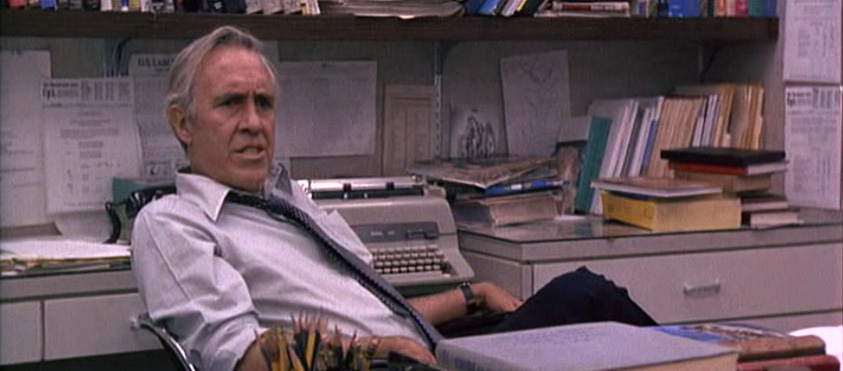There’s a now-famous scene from “All the President’s Men” in which Washington Post editor Ben Bradlee, in the midst of the Watergate scandal, is dealing with the fallout from an epic front-page error. Facing fury from the White House, which up to this point had been issuing limp rebuttals, he taps out a single sentence, calling it “my non-denial denial“: “We stand by our story.”
Bradlee’s response buoyed The Washington Post during the darkest hour of its most famous investigation. But would it hold up today, when critics are assailing journalism on a variety of digital platforms, such as Twitter and Medium, in real-time?
In the last year or so, The New York Times, the Los Angeles Times and ProPublica, to name a few, have posted point-by-point responses to criticism of their reporting online. Rather than issuing a blanket statement reaffirming their commitment to their stories, they offered detailed rebuttals on a variety of platforms — Medium, Twitter and their individual websites.
The Los Angeles Times’ post, written in response to criticism from Oxycontin manufacturer Purdue Pharma, prompted ProPublica Deputy Managing Editor Eric Umansky to note that point-by-point rebuttals were becoming the new “we stand by our story.”
As audiences debate stories on social media and sources become more savvy about responding to criticism online, should point-by-point rebuttals be the new norm? Below is a question-and-answer session with Kelly McBride, Poynter’s vice president and its media ethicist, about the correct way to stand by published journalism in 2016.
What do you make of news organizations responding to criticism of their reporting with point-by-point rebuttals?
This is a fantastic development! It’s been a long time coming. Years ago, journalism morphed from one-way communication to a conversation with the audience. It finally feels natural and right for editors to respond to criticism quickly and publicly. Ultimately, this development will foster truth and trust, because it will give news consumers more information quickly. As a tool, responding to criticism will be strongest when it happens quickly, and when the response is genuine, truthful and nuanced. That means that sometimes editors will acknowledge shortcomings and mistakes, even while defending other parts of a story.
How does the rise of social media and distributed content change the way news organizations should react to criticism?
The conversation that follows the publication of a piece of journalism will most likely happen in many different spaces. So editors have to follow that conversation by crafting responses that can also be distributed or jumping into the fray where appropriate. (OK, that second option will happen less often than the first. But it would be cool for an editor to do an AMA after a piece stirs up controversy.)
In your mind, what’s the best way to handle critical responses?
Listen first. Then ask a lot of questions, prosecute your own reporting. Then respond with precision and clarity. When critics make vague accusations of bad journalism, describing how you are certain the work is good and helps the audience know who to trust. When critics make specific complaints, addressing them does the same. With complicated stories, it’s possible that some facts were mischaracterized. Sometimes, editors are sheepish about acknowledging small errors because they worry that people will discredit the larger truth of the package. The opposite is true.
For decades, the response to public criticism of journalism has been “we stand by our story.” What’s the advantage of answering this way, if any?
I’m not sure that ever worked. The audience is smart. If there is vague criticism floating around, acknowledging it and offering a specific defense of the reporting, including why you think it holds up, will win the audience over. When critics have specific complaints, consumers want to hear an editor address those. Either way, the vague “we stand by our reporting,” doesn’t really hold up.
The New York Times was criticized, in the throes of its recent Hillary Clinton imbroglio, of not responding to criticism swiftly enough. In your mind, what’s the longest you can wait before appending a correction? What should you do (if anything) during the period between when a correction is requested but before you sort out the truth?
In the case you point out here, it took the NYTimes from Thursday night to Sunday morning. That isn’t really that long, when you are trying to figure out what happened. But that’s an eternity in internet years. So speed is important, but I’m hesitant to create a formula. Criticism sometimes takes some time to gel. It starts out vague and becomes more precise. It’s more important to be ever-present and meaningfully responsive as the criticism evolves.






